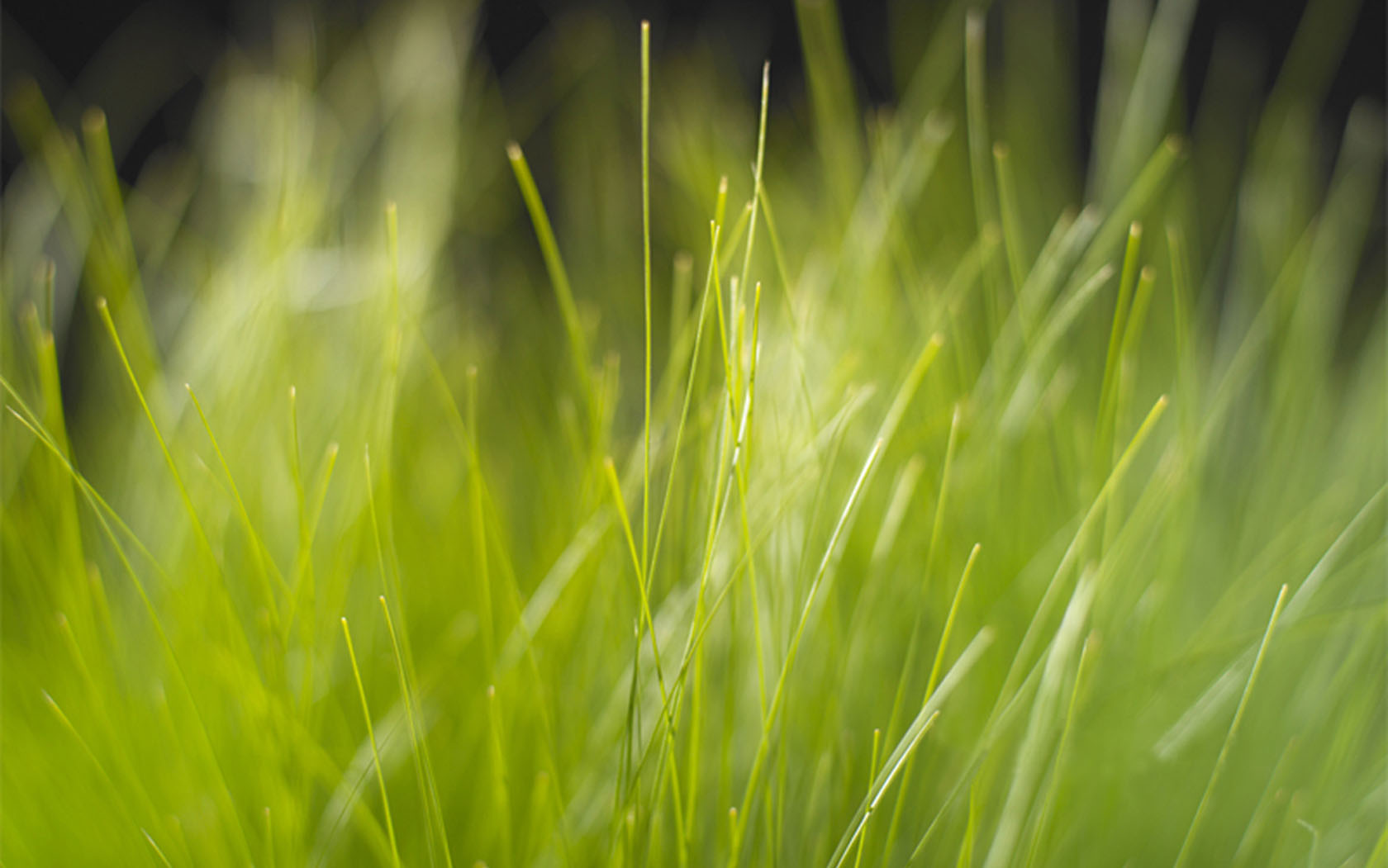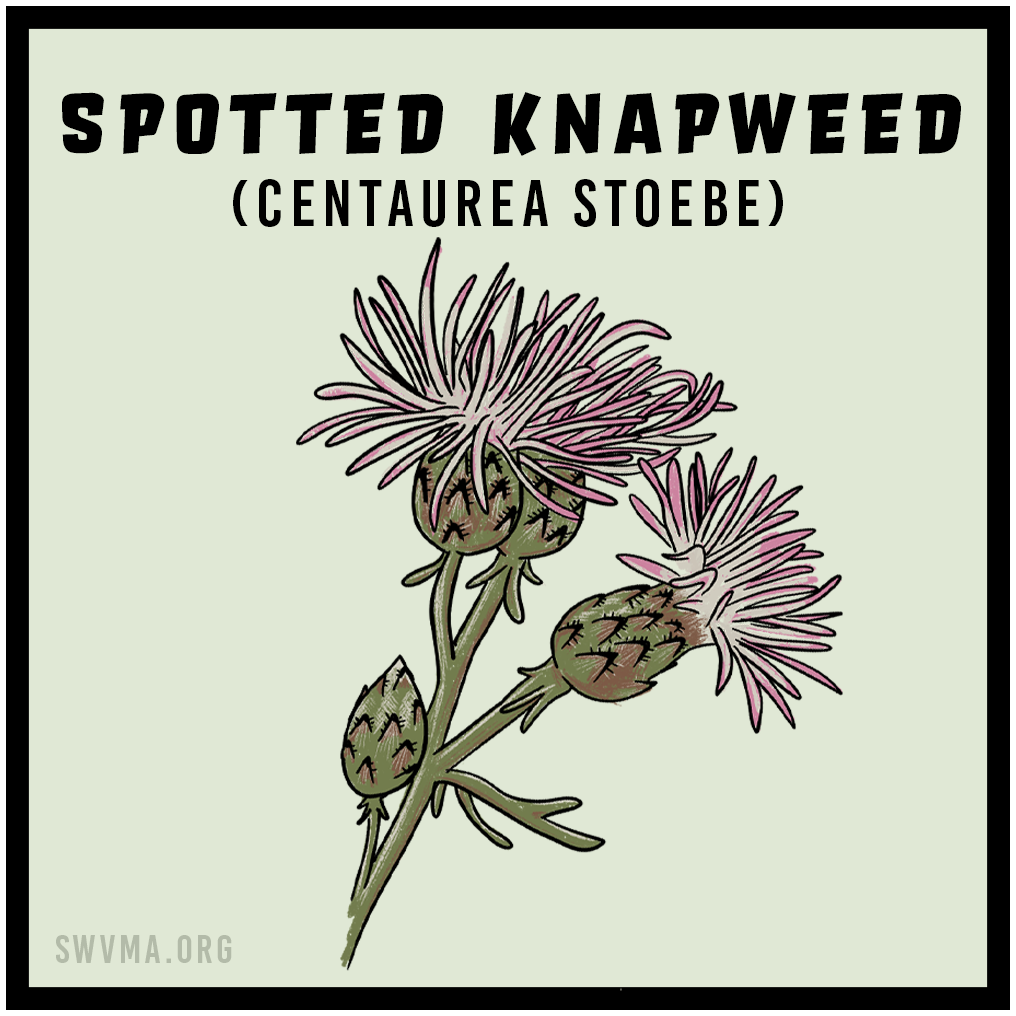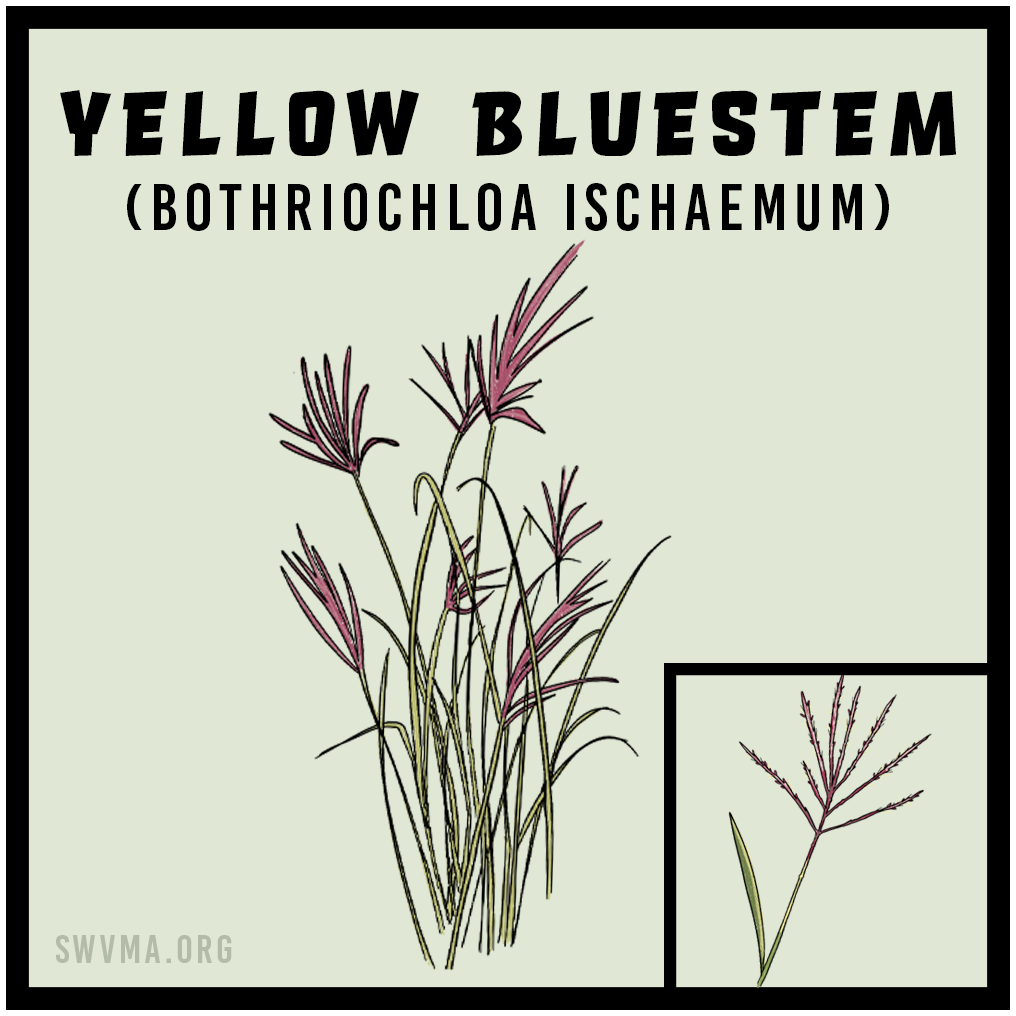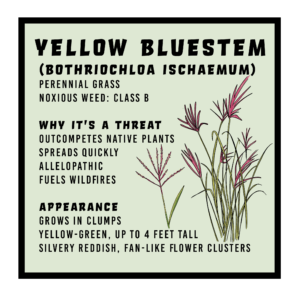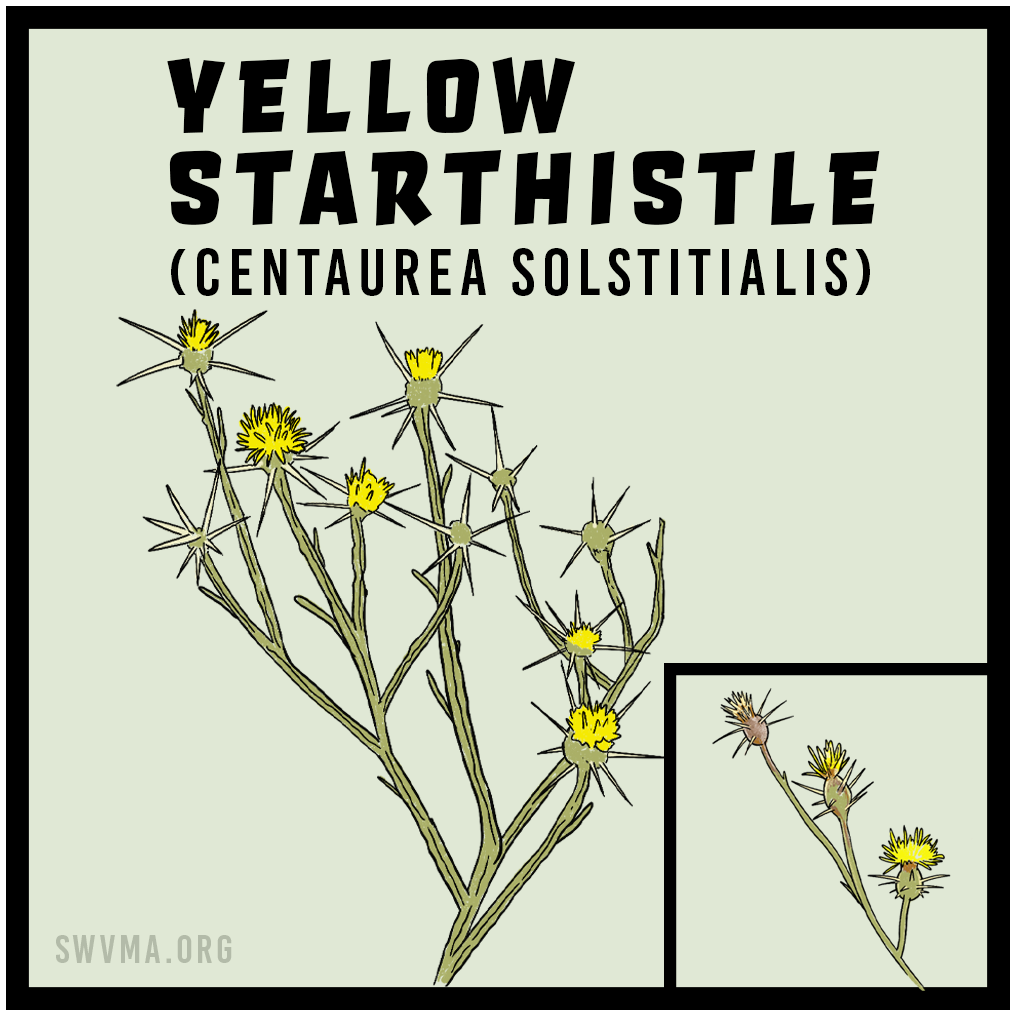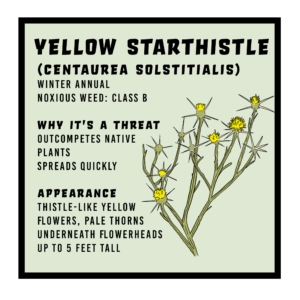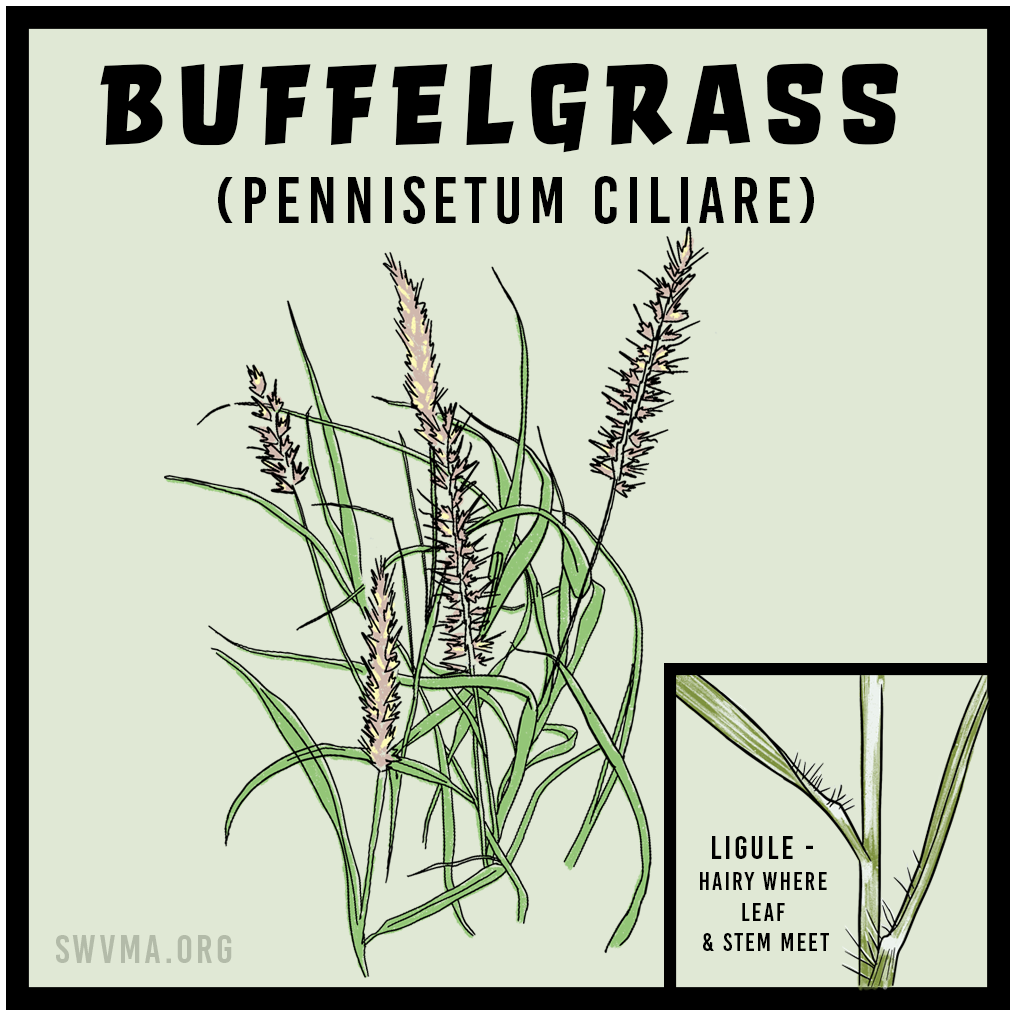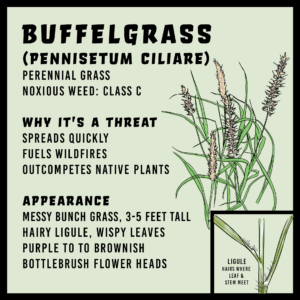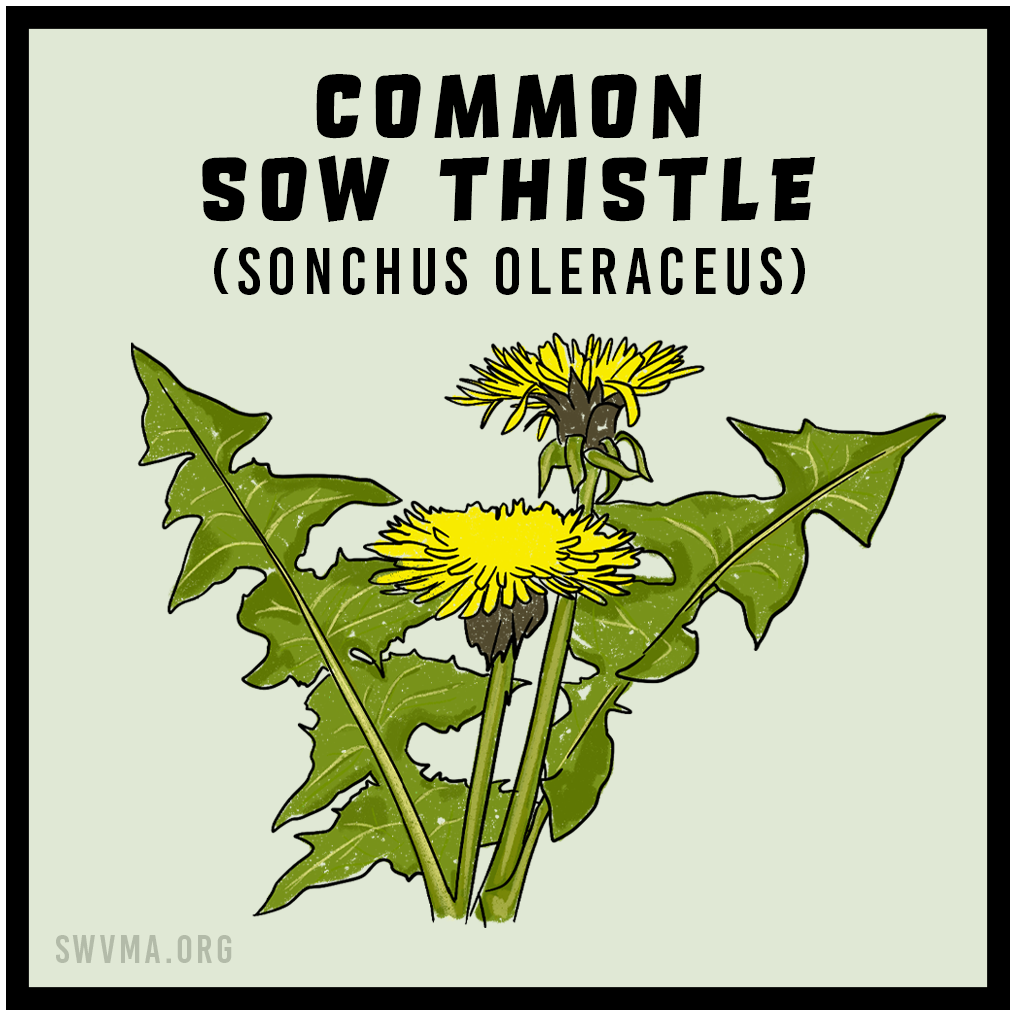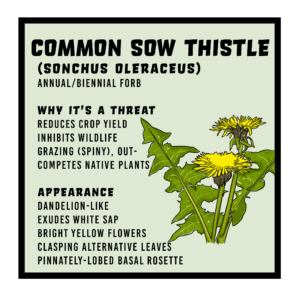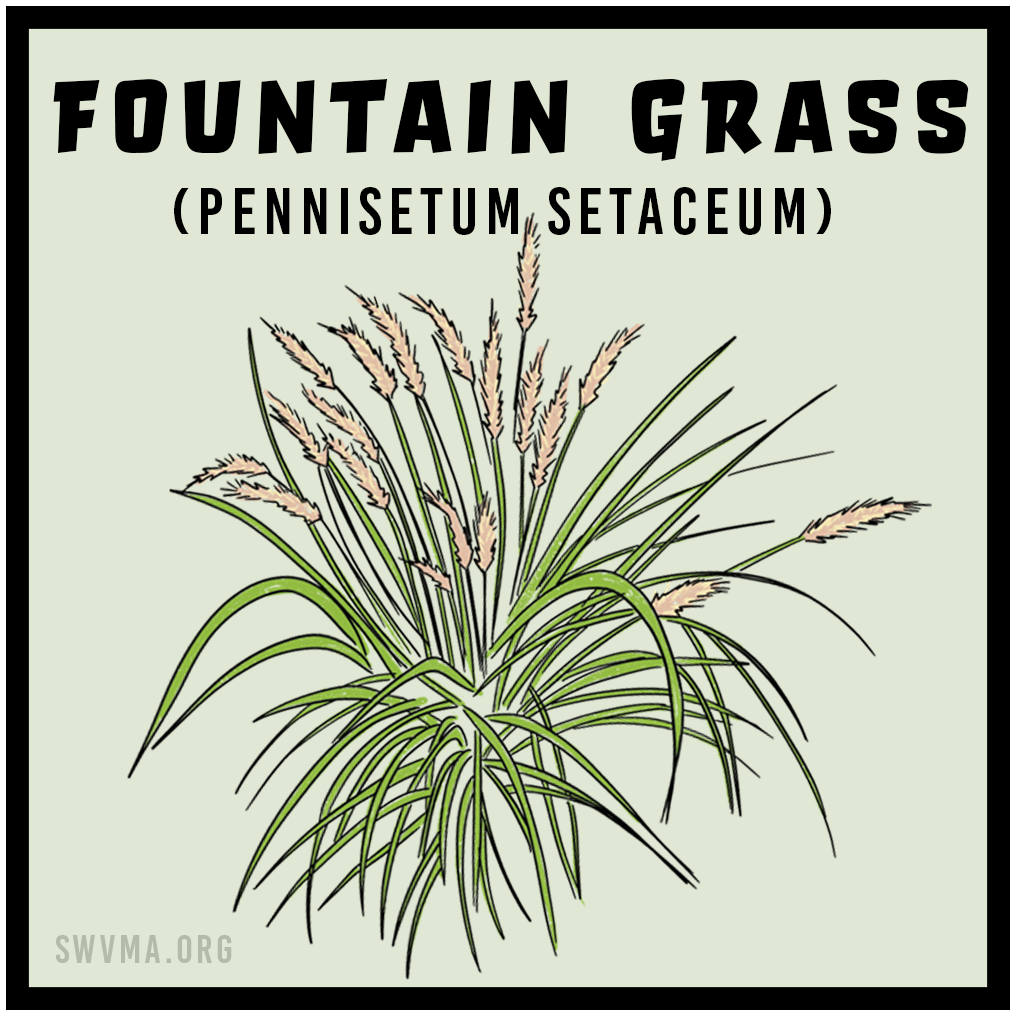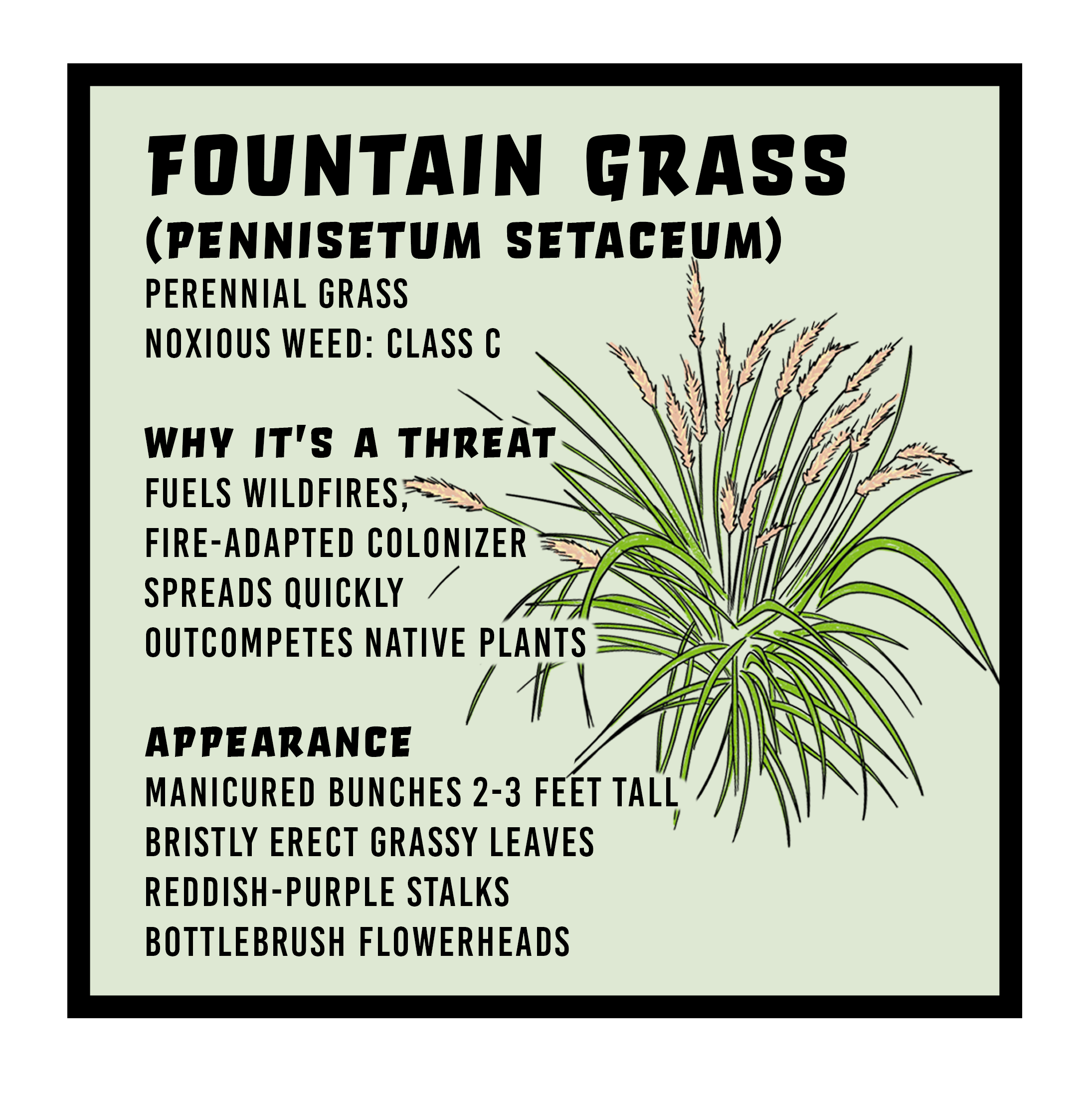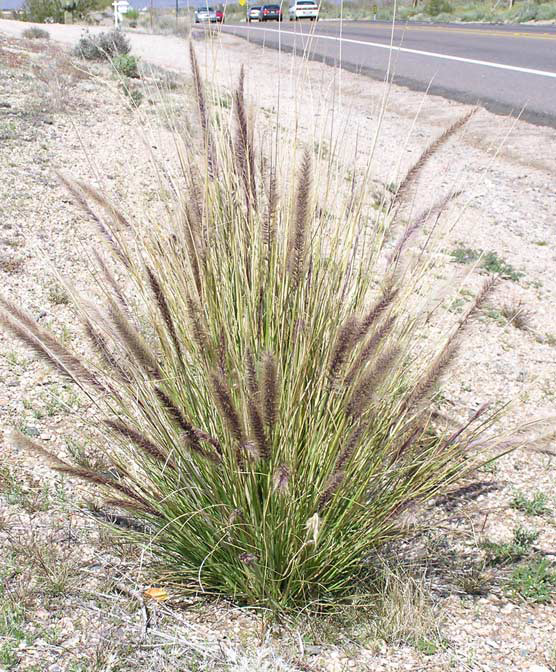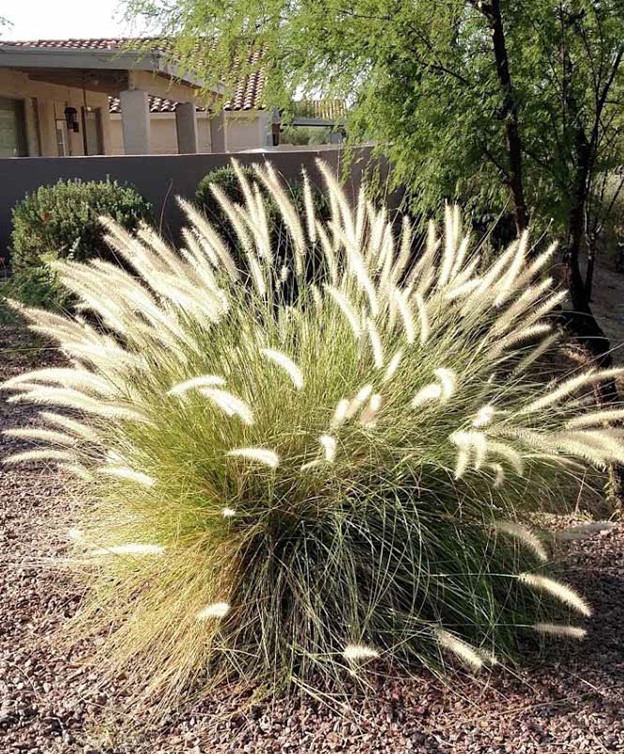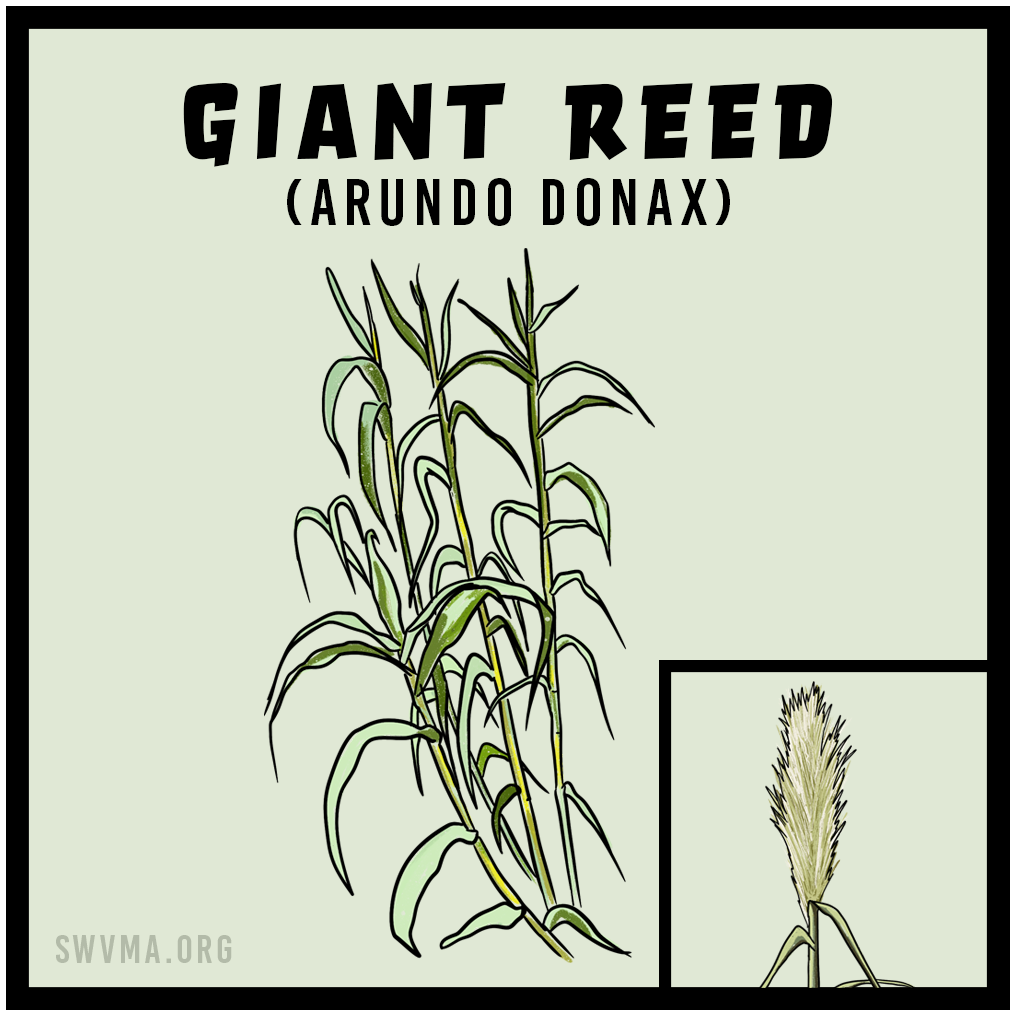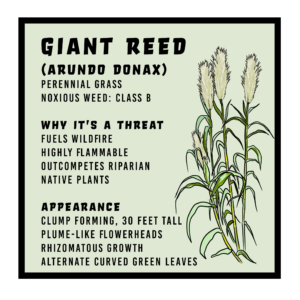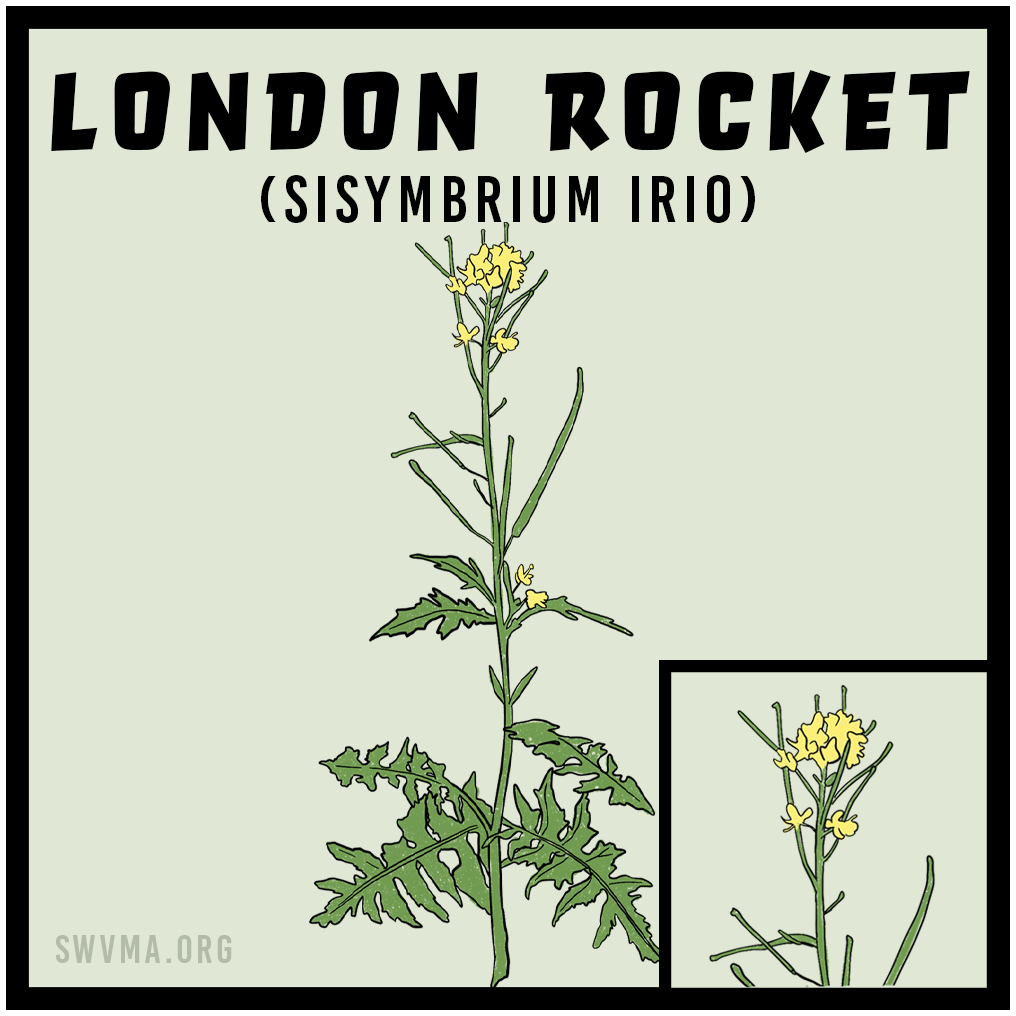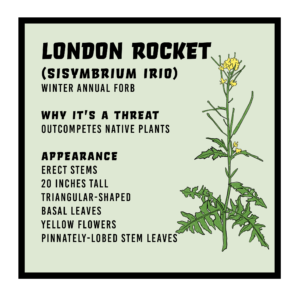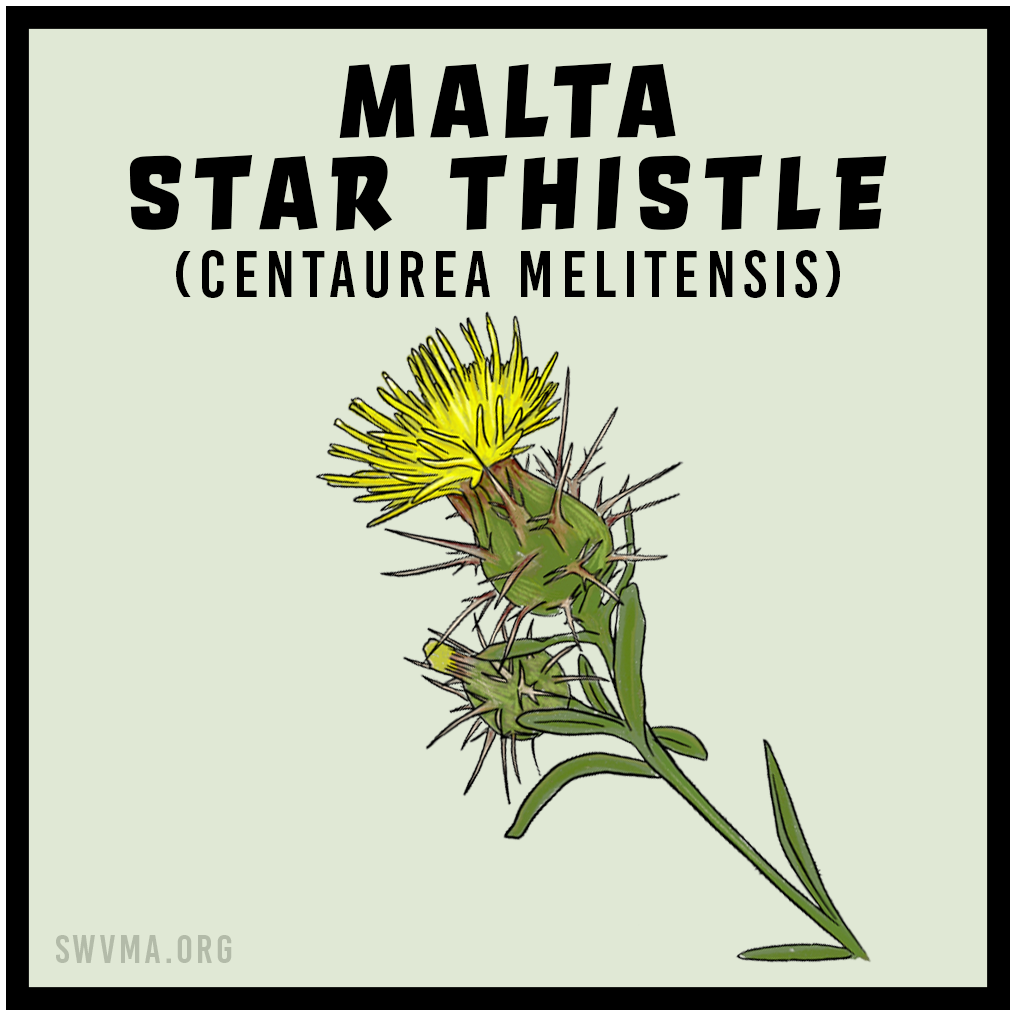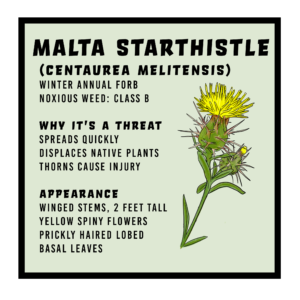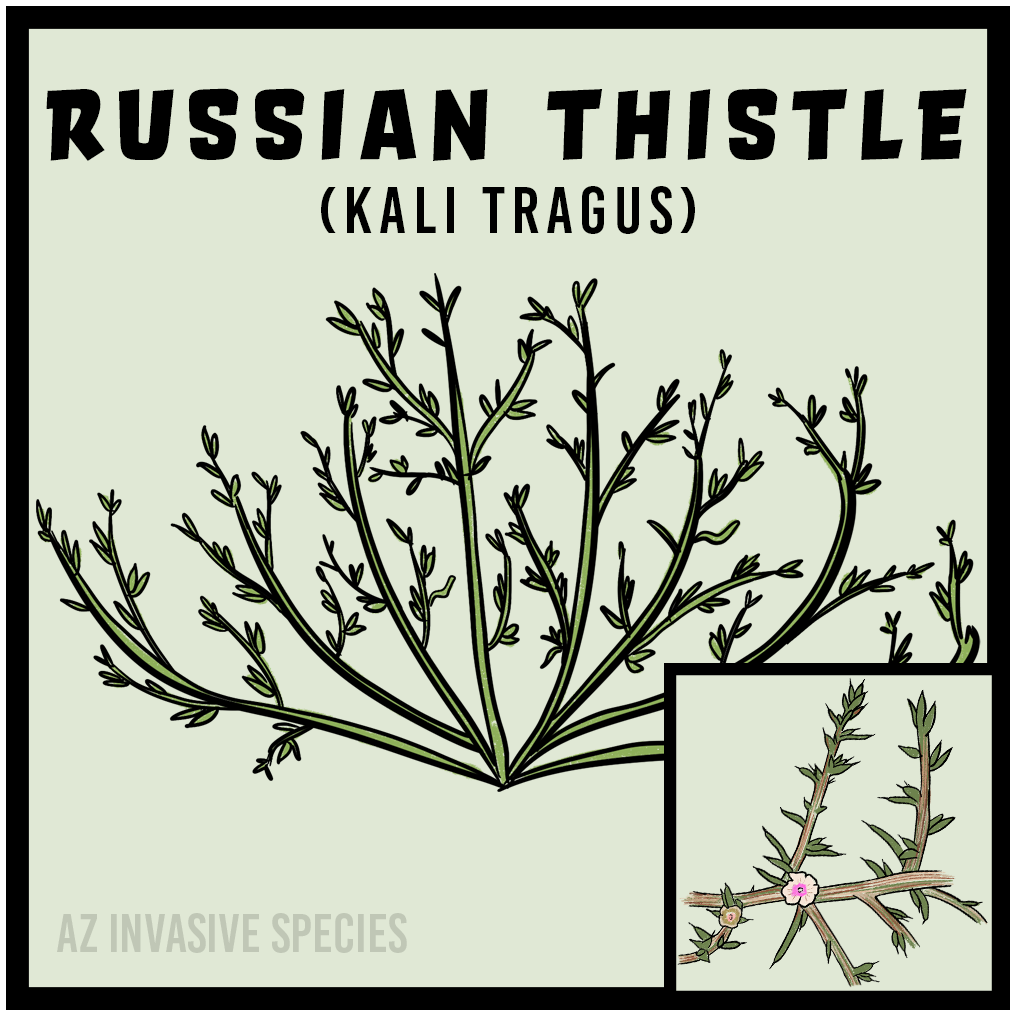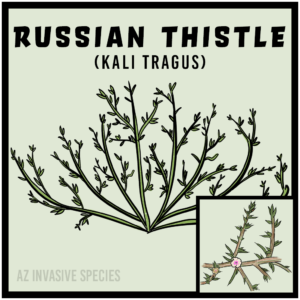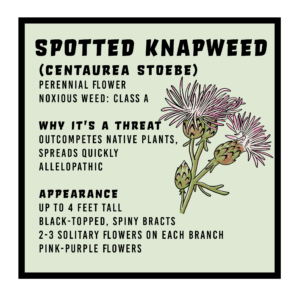 Spotted Knapweed (Centaurea stoebe) is native to Eurasia and has become an invasive species in North America.
Spotted Knapweed (Centaurea stoebe) is native to Eurasia and has become an invasive species in North America.
Spotted Knapweed is considered a problem due to its aggressive growth, rapid spread, and the ability to form dense stands, displacing native vegetation and impacting ecosystems. It is known for its allelopathic properties, releasing chemicals that inhibit the growth of other plants. Additionally, Spotted Knapweed can negatively affect forage quality for livestock.
Effective management strategies for Spotted Knapweed involve a combination of preventive measures, early detection, and control methods. Control may include manual removal, mowing, targeted herbicide application, and the introduction of biological controls, such as insects that feed on the plant. Integrated pest management practices are often recommended to address the invasive nature of Spotted Knapweed. For specific guidance, please refer to the information on the USDA Forest Service website.
